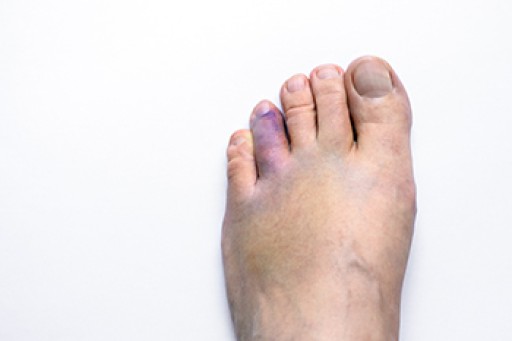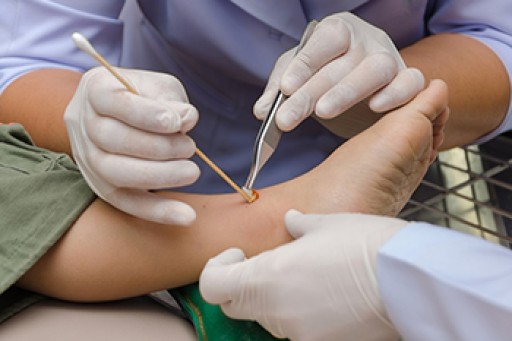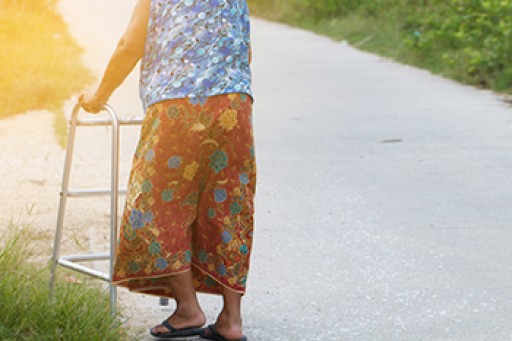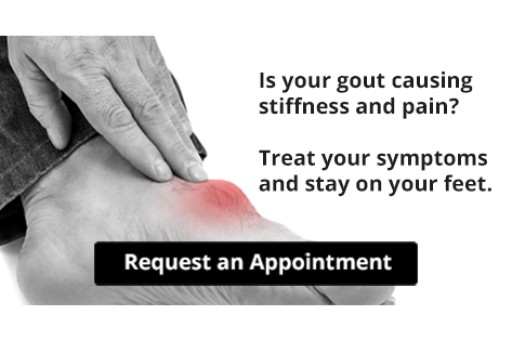
Some people have jobs that require standing and lifting most of the day. The feet can be affected and it is generally stressed by employers and safety leaders in the workplace that appropriate shoes are worn. This may help to prevent severe foot conditions from developing, in addition to hurting other areas of the body. Standing on anti-fatigue mats, also known as stress mats, is known to help absorb the shock from standing on hard surfaces. Despite this, employees tend to trip on these mats if they are not flat on the ground which may lead to additional injuries. It is helpful to wear work shoes that have traction on the soles to help prevent injuries from existing later. In most union jobs, taking breaks is mandatory to allow ample time to rest the body and feet. If you would like more information about how wearing the right shoes while working can protect the feet, it is suggested that you confer with a podiatrist who can provide you with helpful information.
While working on the feet, it is important to take the proper care of them. For more information about working on your feet, contact one of our podiatrists from Community Foot Specialists. Our doctors will treat your foot and ankle needs.
Working on Your Feet
Standing on your feet for long periods of time can cause stress and pain in your feet. Your whole body may experience change in terms of posture, back pain, bunions, callouses and or plantar warts. There are ways to avoid these conditions with proper foot care, smart choices and correct posture.
Positive Changes
Negative heeled shoe – Choosing this shoe type places the heel slightly lower than the ball of the foot. These are great for overall foot health. Find shoes that fit you correctly.
Go barefoot – Our feet were not designed to be enclosed for all hours of the day. Try to periodically expose your feet to air.
Eliminate Pain
Foot Exercises – Performing simple exercises, incorporating yoga and doing stretches are beneficial. This will allow increased blood flow to the area and muscles of the foot.
Achilles tendon – Stretching the foot out flat on the floor will relax the calf muscles and tendon. These exercises can be performed almost anywhere. Make sure you add these exercises to your daily regimen.
With a little bit of this information and knowing more about foot health, you will notice changes. Foot stretches and proper footwear will help with pain and prevent further issues.
If you have any questions please feel free to contact our offices located in Beavercreek, Dayton, and Vandalia, OH . We offer the newest diagnostic and treatment technologies for all your foot and ankle needs.











